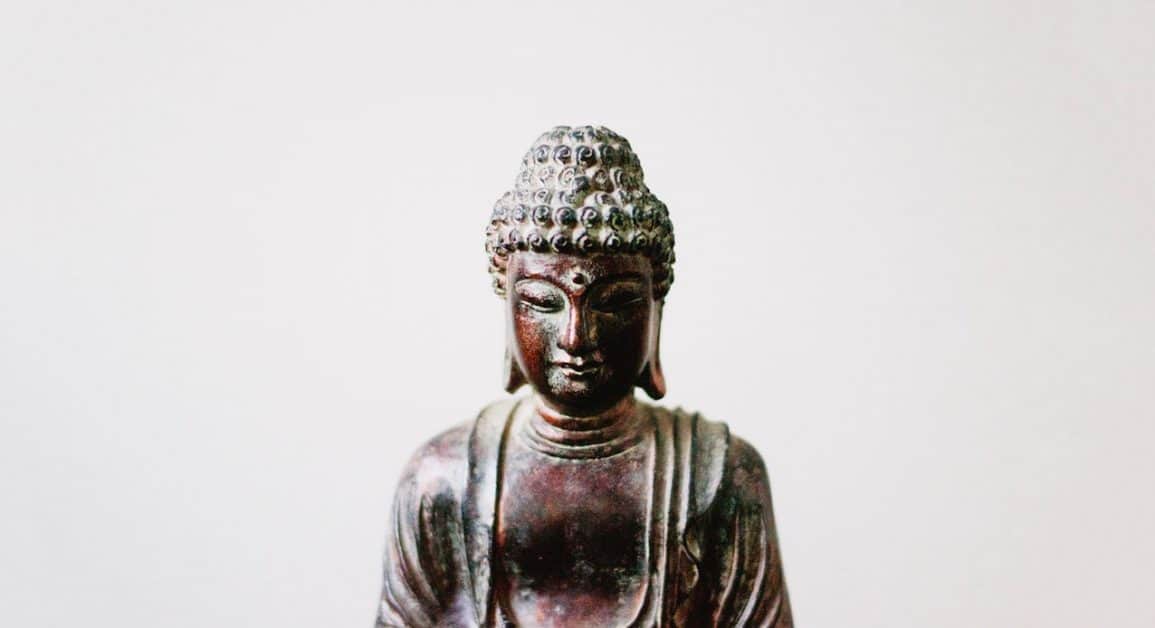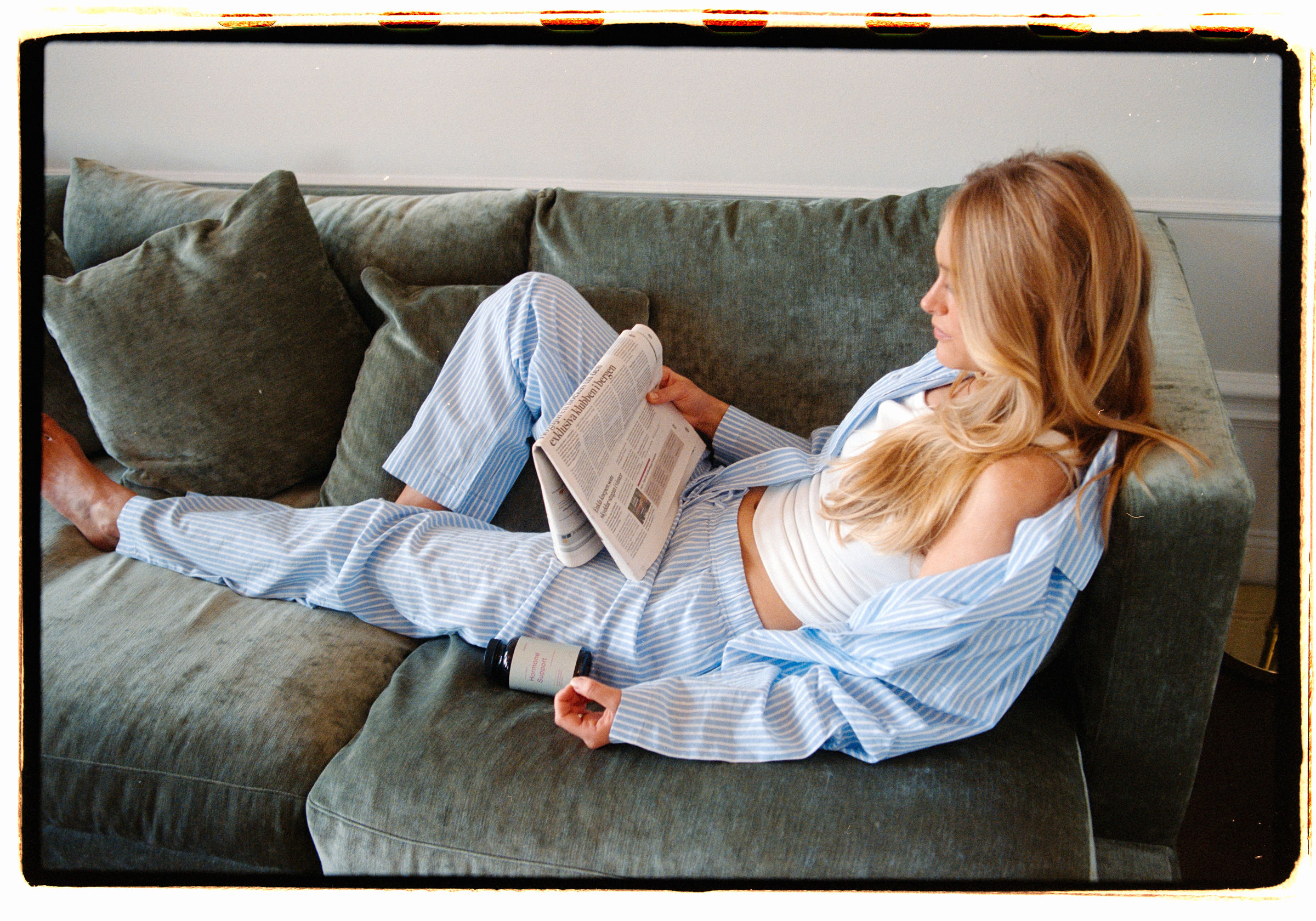Home > Emotional wellbeing > Mindfulness > Hormona’s Best Meditation Tips To Help You Get Going With Meditation


“Quiet the mind and the soul will speak”
The solution to the effects of a busy, dynamic and active lifestyle in today’s world lies in a practice that has been around for several millennia in the East. That practice? Meditation.
Believe it or not, it was only in the mid-20th century that meditation became popular amongst Westerners. And whilst in the past, meditation was intertwined with religious practices, today this spiritual aspect has all been stripped away.
Meditation is a skill, not a belief. It is widely recognised for its benefits to our mental well-being, and it’s this which still remains one of the central aspects of meditation.
Hands up if your mind is constantly whirring, every single minute of your every waking hour?
Are there times when you simply want your mind to take a break?
If the daily stress and strains of work or your home life are getting to you and affecting your life, health and happiness, then maybe you should try meditation.
Meditation is simply a way of training your mind.
And when you train your mind through meditation, you improve your awareness of how much thinking and how little living in the present you do.
And when you train your awareness, you have, at your fingertips the potential to transform your perspective, on pretty much everything, and even perhaps change it.
The whole purpose of meditating is simply to be present. There is no end goal and there are no quick wins.
That said, however, there are some benefits to meditating regularly:
Relaxation is not the end goal of meditating, but the combination of deep breathing and purposeful physical relaxation, which leads to a deep healing state of mental and physical relaxation.
Herbert Benson, MD, Founder of the Mind/Body Institute at Harvard Medical School’s Beth Israel Deaconess Centre said: “The relaxation response from meditation helps decrease metabolism, lowers blood pressure and improves heart rate, breathing and brain waves. As such, tension and tightness see from muscles as the body receives a quiet message to relax.”
Stress reduction is one of the main reasons people take up meditation.
Since meditation helps calm the mind and relax you, it also helps in reducing stress.
But how?
Mainly through the use of the breathing exercises that form a part of the meditation practice, but also through the awareness you gain of your thoughts and emotions and the head space meditation gives you to understand, and respond to the stressors in your life.
One meditation practice involves focusing on a particular object, such as candlelight, or reciting a mantra over and over.
Doing these activities have been shown to improve concentration levels.
Meditation provides short-term benefits such as; lower blood pressure and heart rate, improved circulation, less perspiration, slower respiratory rate and lower blood cortisol levels.
Further studies have shown that meditation can have longer-term benefits to brain function and the immune system.
As you meditate you become more aware and it’s this awareness that helps you take things as they are and simply let it be.
This helps reduce frustrations over things you cannot control.
Many people think that meditation is hard and that you have to be a full-time monk to be able to meditate properly.
Do you?
Well, you’d be wrong. Meditating isn’t difficult. And absolutely anyone can learn how to meditate quickly and easily, without having to go through an elaborate ritual.
The only rule you need to follow when thinking about starting to mediate is … relax!
There is no successful meditation without relaxation, a complete relaxation of the body and mind.
And if you think it’s a bit too New Age or ‘woo-woo’, only done by stereotypical tree-huggers, sitting cross-legged, arms extended and ‘om-ing’, you would be way off the mark.
Like breathing exercises, meditating is the new ‘thing’. Everyone’s doing it.
Patience is a virtue, especially when it comes to meditating.
The benefits will come, it will just take time.
But there are some things you can do to get the most out of your meditation sessions:
Make a commitment to practice regularly and then schedule it.
By writing it down in your diary you are setting in motion the beginning of a routine to meditate regularly. Preferably at the same time. The best time to meditate is in the morning, before you talk to anyone or look at a device. But, find a time that suits your schedule and then stick to it.
This routine will then become habit.
Let’s face it, a noisy atmosphere such as children running around, a loud television or a mobile phone buzzing is not conducive to meditation.
And whilst you can’t completely shut yourself away, it will help your cause if you can find somewhere quiet that cuts down distractions and outside noise.
If you have room, why not create a meditation space? Somewhere calm, peaceful and quiet with a good atmosphere to help you create the right mood for meditating. This includes ensuring the temperature is ambient, so it isn’t too hot or too cold, but, in the words of Goldilocks, it’s just right.
… unless you really want to wear a cocktail dress and stilettos!
You’re not moving about, so there’s no hard and fast rule. To get the most out of your session just wear what you feel comfortable in, that isn’t going to distract you during your session. This could be as simple as loosening your belt or tie, or kicking off your shoes.
It’s your meditation session, you choose the rules.
You could even meditate with no clothes on at all, as long as you’re in the comfort of your own home of course.
You don’t have to sit cross-legged, you don’t even have to sit on the floor.
You can sit inside, outside, on a chair, on a cushion, on a bench or wherever you feel most comfortable.
But wherever you do sit, make sure you sit with your back straight, chin tucked down slightly and your hands lightly resting on your lap or knees.
If you’re a beginner, you may find it easier to start meditating by sitting in a chair. And if you do, try and sit towards the front of the chair as that will help with your posture.
When you start meditating it will feel odd just sitting doing nothing, and if you then add in a time factor of say 20 minutes, it will feel like an age, you won’t get much out of it and you’ll probably give up quickly.
So, start off slow.
Get yourself a timer, you could use your phone as long as you won’t be disturbed, and try just sitting for two minutes. That’s it. Two minutes.
If you can manage two minutes easily after a week or two, then increase the time by another two minutes. Keep increasing by two minutes and you’ll soon be meditating for 10 minutes and not batting an eyelid.
Meditation is not about clearing the mind and you cannot simply switch your brain off. So, it’s inevitable when you start meditating and just sit doing nothing that random thoughts will pop into your head.
Let them, but when you notice them simply smile and re-focus on your breathing.
As you become more practised in meditating, you may want to stay with whatever thoughts or emotions arise and just see where it takes you.
There’s no race when it comes to meditation. There is no good meditation, there is no bad meditation. There is no success and there is no failure.
Go at your own pace and know that some days it will be easier to meditate than others.
Meditation is a skill, like learning to knit. It takes patience and practice, but stick with it and you will gradually see progress.
We’re all different and not all of us can sit and do, or think of, nothing.
Guided meditation is where a ‘teacher’ will guide you through your meditation practice. This can be breath focused, body scanning focused, or visualisation.
You can either go to a meditation class or, as we live in the 21st century there’s always a handy app (quite a few actually) that you can download to help you on your meditation journey.
It’s natural to resist the stillness of meditation. After all your mind is used to being busy, not still. So the more you practice meditation, the more your mind and body will become comfortable with the practice.
Here are the top three common obstacles you will encounter when you start meditating:
You don’t have to meditate every day, as long as you practice regularly.
Schedule up to 10-15 minutes in your diary and stick to it. Maybe wake up 15 minutes early and meditate as soon as you rise, or pop the kettle on and meditate whilst you’re waiting for the water to boil.
As long as you stick to your schedule, your meditation practice will soon become routine and natural.
I can admit to nodding off when meditating, and it’s normal, especially when you begin to practice.
Why? Well, simply because your mind gets confused. It’s used to being busy and suddenly you’re telling it to do nothing, when the only time it normally relaxes is when you go to bed at night.
After time it will learn to differentiate between meditative relaxation and total relaxation. But here are a few tips to help you stay awake:
Meditation doesn’t have to be done in complete silence – let’s face it, that’s going to be pretty impossible, unless you wear ear defenders.
The whole point is to simply be present and simply let outside noise come and go without resistance, rather than forcing yourself to try and tune them out.
You will find if you simply relax, the noises will eventually tune themselves out.
Simple meditation technique
Meditation opens up the channels of communication between all levels of your being, which gives rise to the flow of intuition and wisdom.
Meditation doesn’t solve problems neither is it a guarantee of eternal happiness. But it will help you change the way you choose to react to life’s challenges.
So, take your time and practice meditation regularly.
Om-ing and incense optional!
Do you meditate? How has it helped you? Would you recommend it?
Drop me a comment below.
I’d love to hear from you.
Claire
Xx

-


Dr Singh is the Medical Director of the Indiana Sleep Center. His research and clinical practice focuses on the myriad of sleep.

Postpartum hormonal changes: What are they? Postpartum hormonal changes occur when your body experiences shifting hormone levels after birth. After your baby is born, the doctor removes the afterbirth or placenta, which sends signals to your body that you’re no

What is ovulation fatigue? As women, we can get numerous symptoms throughout our menstrual cycles. One question we’re asked is, “Why do you get tired during ovulation?” For some, the answer could be ovulation fatigue. Ovulation fatigue is when you

The benefits of a hormone-balancing diet While being on a diet to regulate hormones may not sound like fun at first, once you begin seeing the benefits, you’ll wonder why you waited so long to start. As women, our bodies
Hormona© 2025, All Rights Reserved
| Cookie | Duration | Description |
|---|---|---|
| cookielawinfo-checkbox-analytics | 11 months | This cookie is set by GDPR Cookie Consent plugin. The cookie is used to store the user consent for the cookies in the category "Analytics". |
| cookielawinfo-checkbox-functional | 11 months | The cookie is set by GDPR cookie consent to record the user consent for the cookies in the category "Functional". |
| cookielawinfo-checkbox-necessary | 11 months | This cookie is set by GDPR Cookie Consent plugin. The cookies is used to store the user consent for the cookies in the category "Necessary". |
| cookielawinfo-checkbox-others | 11 months | This cookie is set by GDPR Cookie Consent plugin. The cookie is used to store the user consent for the cookies in the category "Other. |
| cookielawinfo-checkbox-performance | 11 months | This cookie is set by GDPR Cookie Consent plugin. The cookie is used to store the user consent for the cookies in the category "Performance". |
| viewed_cookie_policy | 11 months | The cookie is set by the GDPR Cookie Consent plugin and is used to store whether or not user has consented to the use of cookies. It does not store any personal data. |
